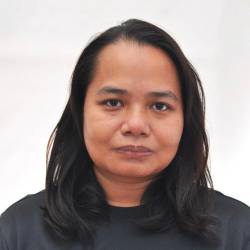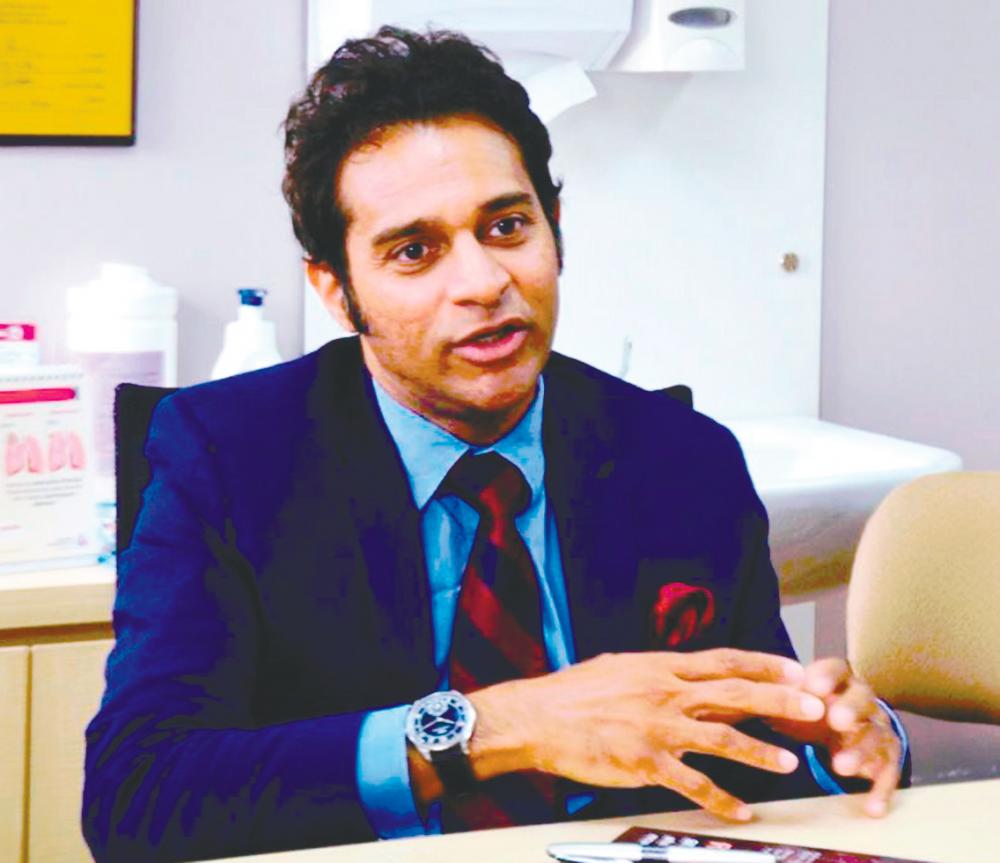PETALING JAYA: In 1964, one of the first Malaysians to qualify as an anaesthetist, Datuk Dr T. Sachithanandan, pioneered the use of regional anaesthesia, a medical procedure where drugs are selectively used to numb or block the sensation of pain in a specific area of a patient’s body.
The procedure, developed in Germany six decades earlier, allows surgeons to perform operations while the patient is fully conscious, but free of pain.
Thanks to Sachithanandan, countless lives have been saved, and his work also paved the way for many specialists to be trained locally.
He was also the first to recognise the importance of intensive care. Trained in the United Kingdom and witnessing the need for intensive care units (ICU), he set about to improve quality patient care in Malaysia.
Towards that end, he managed to raise about RM120,000 with the Junior Chamber International, a US-based NGO of which he was a member, for an ICU to be opened at the Johor Baru General Hospital.
The ICU, which started with eight beds in 1968, expanded to 16 by the early 1990s. It was later closed and a new ICU facility was built in the south wing of the hospital.
Sachithanandan’s work had a profound impact and it was replicated in other hospitals nationwide.
His life’s deeds have been compiled by his cardiothoracic surgeon son Dr Anand Sachithanandan in his recently published book Portrait of a Malaysian Anaesthetist - Pioneer, Leader, Gentleman.
Anand took two years to write the book, with no intention at first to do it until he came across his father’s contributions to the nation.
It was also when Malaysia was being battered by Covid-19 in 2020 that ICU facilities were highlighted. At a time when such units were packed to the brim with patients, Anand was prompted to revisit his father’s legacy.
Through extensive correspondence with the medical fraternity, Anand could see a theme in his father’s work ethics – a calming presence with a bowtie who often came to the defence of his junior doctors and nurses at a time when a certain hierarchy was still strictly held in the field.
Page 160 of the book gives an insight into how Sachithanandan was protective of his female nurses – if they were pregnant, they would not be allowed to lift patients or heavy equipment.
“Instead, he himself would aid them to do it.”
Anand and his elder sister Dr Sharmila fondly remembers their father’s parenting, as he would sometimes take them with him to work, leaving them with the nurses for short spells while he attended to patients.
“That gave us (an understanding of) his work and perhaps subconsciously influenced us in our career path. He’d often emphasise for us to make an effort in our studies,” Anand said.
Sachithanandan, or “Sachi” as he was known, was the second of four siblings of a Ceylonese family.
Born in Kuala Lumpur on Aug 2, 1931, he studied at the Victoria Institution, before being the first in the family to enrol in the Loyola College in India for his tertiary education.
His reason for choosing to become an anesthetist is unclear, according to Anand, although having served at the Penang General Hospital and meeting a specialist by the name Dr L.P. Scott could have prompted him to pick up anaesthesia as a sub-specialty.
Sadly, Sachithanandan died at age 49 during elective heart surgery in London.
Proceeds from the sale of the book will be channelled to the Malaysian Society of Intensive Care and the Lung Cancer Network Malaysia, of which Anand is the founding president.










